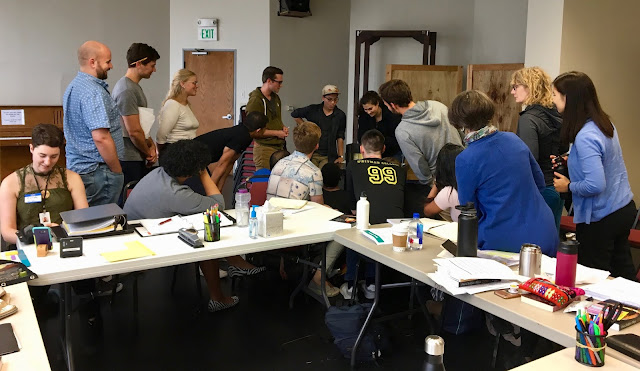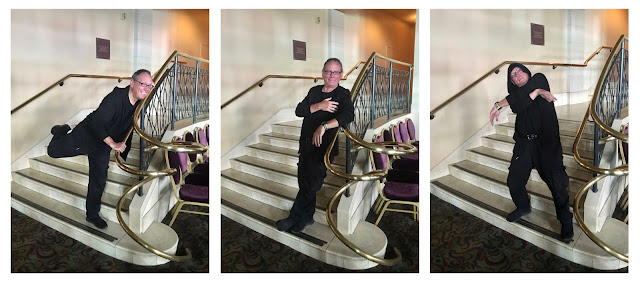Insight into Sweat: Boom and Bust in the Rust Belt

By Simon Hodgson "Rosie the Riveter" working on an A-31 dive bomber, Tennessee, 1943. Photo by US Office of War Information photographer Alfred T. Palmer. Courtesy Library of Congress. Geology was destiny for 19th-century Pennsylvania. In the 1860s, when the process of making steel out of iron ore, coal, and limestone was refined, the state had all of the raw materials necessary for the production of steel at scale. Combining minerals, river transport links, manufacturing experience, and access to Pittsburgh investment, Pennsylvania was poised to create the metal of the future. As the United States rebuilt infrastructure shattered by the Civil War, steel companies across Pennsylvania grew into major national corporations. The greatest, U.S. Steel, was formed in 1901 by a merger between three companies. Aided by favorable government oversight in the 1920s and fueled by military contracts during World Wars I and II, it became a virtual monopoly. By 19...





